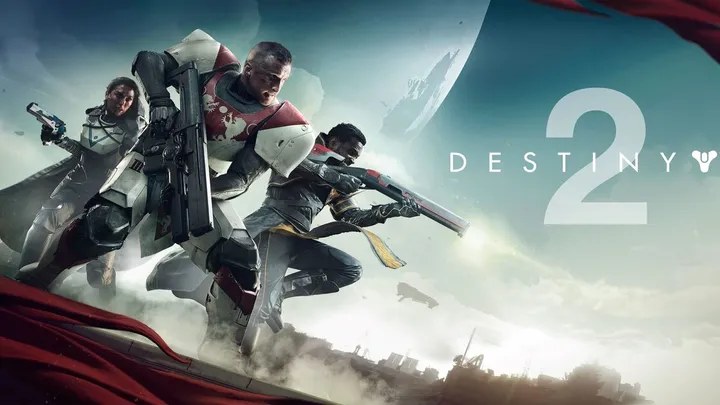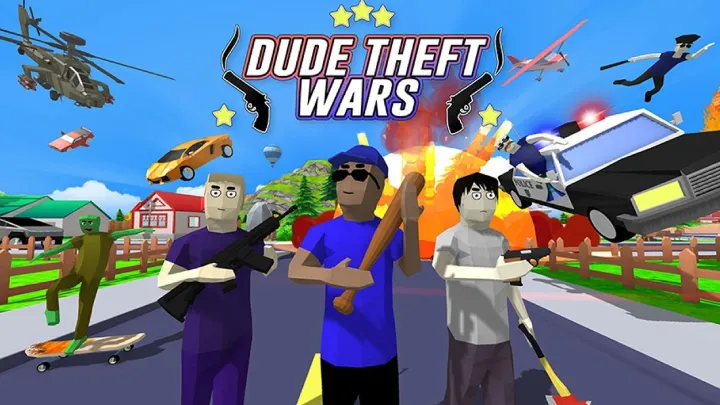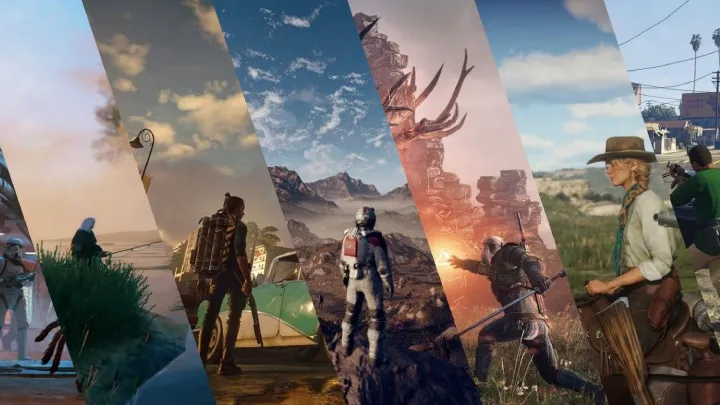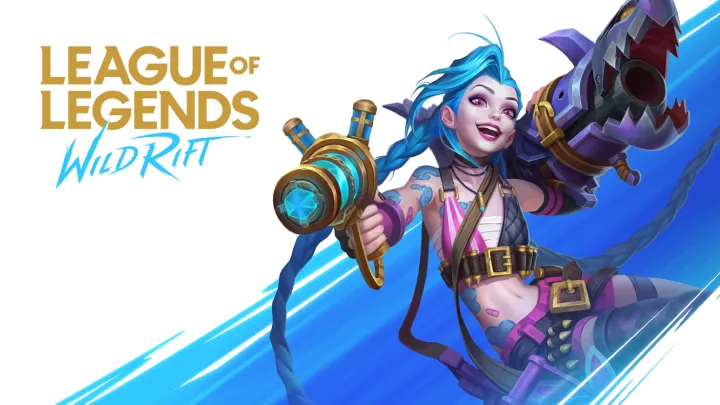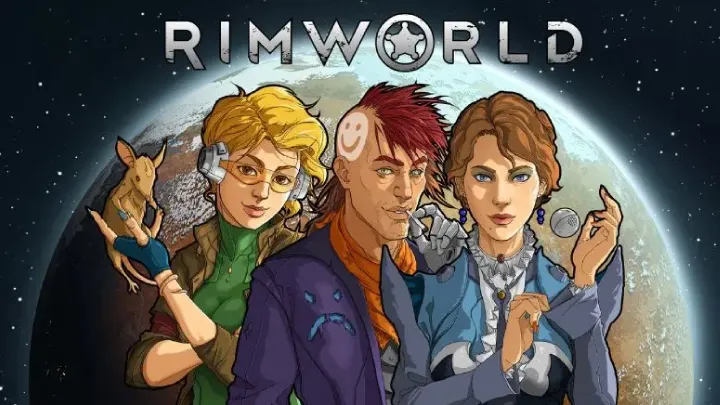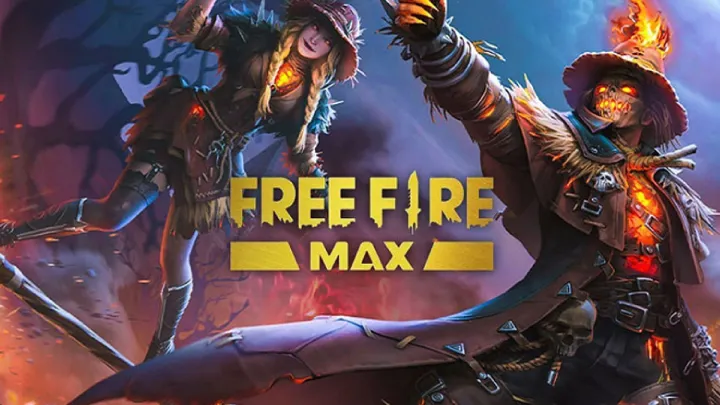Introduction
When Riot Games first announced Valorant in 2019 under the codename Project A, the gaming community was immediately intrigued. Riot, known almost exclusively for its MOBA giant League of Legends, was stepping into the crowded first-person shooter (FPS) market dominated by titles like Counter-Strike: Global Offensive, Overwatch, and Call of Duty. Many questioned whether Riot could bring something fresh to such a competitive genre.
Fast-forward to its official release in June 2020, and Valorant didn’t just survive—it thrived. Today, the game stands as one of the most influential tactical shooters in the world, boasting millions of active players, a thriving esports scene, and a growing reputation as a bridge between traditional shooters and hero-based action games.
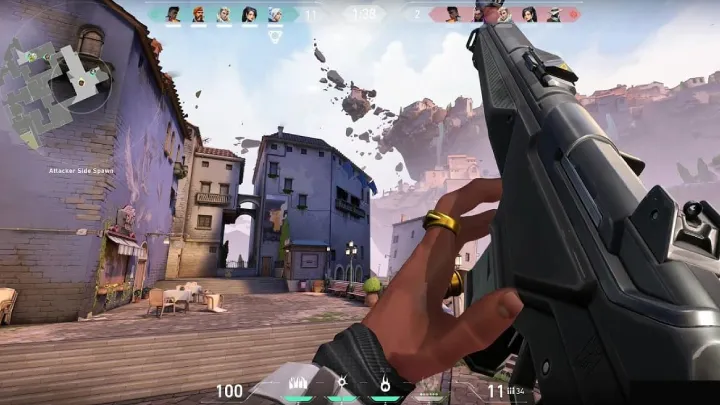
This article provides a comprehensive overview of Valorant, analyzing its origins, gameplay mechanics, esports ecosystem, and its future as a global competitive platform.
1. The Origins of Valorant
Riot’s Leap Beyond MOBAs
Riot Games was a household name because of League of Legends, but the studio long had ambitions to diversify. Internally, Riot noticed two gaming trends: the rising popularity of hero shooters like Overwatch, and the sustained dominance of tactical shooters like CS:GO. By combining precise gunplay with unique agent abilities, Riot created a hybrid that appealed to both audiences.
Closed Beta & Hype Wave
The Valorant Closed Beta in April 2020 became one of the most-watched events on Twitch, partly thanks to Riot’s innovative “Twitch Drops” campaign. Viewers could earn beta keys by watching streams, creating a viral wave of anticipation. By the time of its June 2020 release, Valorant already had a massive player base eager to compete.
2. Gameplay Philosophy
Valorant’s gameplay is rooted in tactical precision, team coordination, and strategic use of abilities.
- Round-based Format: Matches follow a 5v5 format, with attackers planting the Spike (bomb) and defenders preventing or defusing it.
- Time-to-Kill (TTK): Similar to CS:GO, players die quickly, emphasizing accuracy.
- Agent Abilities: Each agent brings unique skills—smokes, flashes, recon tools, or healing—that can shift the tide of battle.
By blending classic gunplay with layered ability mechanics, Valorant offers a deeper tactical experience than most shooters.
3. The Agents: Heroes of Strategy
Categories of Agents
Valorant’s roster is divided into four main roles:
- Duelists: Aggressive fraggers (e.g., Jett, Phoenix).
- Controllers: Map control specialists (e.g., Omen, Viper).
- Initiators: Disruption and intel agents (e.g., Sova, Breach).
- Sentinels: Defensive anchors and healers (e.g., Sage, Killjoy).
Diversity & Playstyles
This role system encourages teamwork. Unlike Overwatch, abilities aren’t meant to overshadow gunplay but to complement it. For example, Jett’s dashes enable high-mobility plays, while Viper’s smokes secure safe plants.
4. Maps and Strategic Depth
Each Valorant map introduces unique tactical layers:
- Bind: Teleporters for fast rotations.
- Haven: A rare three-bombsite map.
- Icebox: Vertical zipline gameplay.
- Fracture: Attacker-favored design with multiple entry points.
- Lotus, Pearl, and Sunset: Later maps that added variety and new strategic elements.
Maps are designed to balance both gunplay and creative use of abilities, rewarding coordinated teams.
5. Esports and Competitive Scene
Valorant’s esports ecosystem, branded as the Valorant Champions Tour (VCT), is a global circuit featuring international tournaments.
- Regional Leagues: Teams qualify through Americas, EMEA, and Pacific leagues.
- Masters Tournaments: Mid-season international clashes.
- Valorant Champions: The year’s grand finale, crowning the world champion.
Riot leveraged its experience with League of Legends esports to make Valorant’s scene professional, structured, and sustainable from the start.
6. Community and Streaming Culture
Valorant quickly became a Twitch and YouTube favorite thanks to:
- Streamer Personalities: Shroud, TenZ, Pokimane, and others drew huge audiences.
- Clip Culture: Snappy rounds and flashy plays made Valorant highly shareable.
- Riot’s Engagement: Frequent updates, agent releases, and communication kept the community invested.
7. Technical Strengths and Accessibility
One of Riot’s promises was accessibility. Valorant runs smoothly on mid-range PCs, unlike many modern shooters. Key features include:
- 128-tick servers (smoother hit registration than most competitors).
- Low system requirements to reach a global audience.
- Advanced anti-cheat (Vanguard), though controversial, has been effective in curbing cheating.
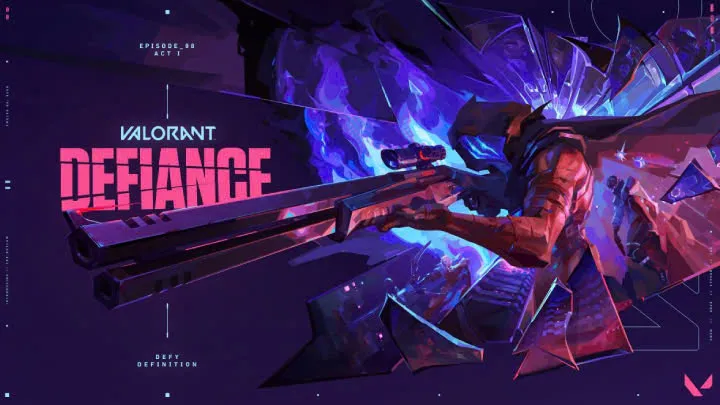
8. Controversies and Criticisms
Despite its success, Valorant faced challenges:
- Anti-Cheat Concerns: Vanguard runs at a kernel level, raising privacy debates.
- Agent Balancing: New agents sometimes launch overpowered, disrupting competitive integrity.
- Toxicity in Voice Chat: Like many online games, Valorant struggles with harassment and poor player behavior.
Riot has continuously worked on these issues, but they remain talking points within the community.
9. Valorant’s Cultural Impact
Valorant influenced gaming culture in several ways:
- Shift in Shooter Meta: Many shooters began adopting hybrid tactical-hero mechanics.
- Boost in Female Esports Participation: Riot introduced Game Changers, a Valorant league for women and marginalized genders, expanding inclusivity in esports.
- Cosmetic Economy: Valorant’s skin collections (like Elderflame and Prime) became viral sensations, blending style with status.
10. The Future of Valorant
Looking ahead, Valorant shows no signs of slowing down. Riot has announced plans for:
- Mobile version of Valorant, aiming to capture the mobile esports boom.
- New agents and maps, keeping the meta fresh.
- Expanded esports ecosystem, rivaling CS:GO and even League of Legends.
If Riot continues balancing competitive depth with accessibility, Valorant may well remain a top-tier shooter for the next decade.
Conclusion
Valorant is more than just another FPS—it’s a cultural phenomenon that blends the precision of Counter-Strike, the creativity of hero shooters, and the esports pedigree of Riot Games. Its unique formula has redefined what players expect from tactical shooters, setting a new standard for competitive gaming.
Whether you’re a newcomer curious about its hype, a casual gamer seeking fun, or a serious competitor eyeing professional play, Valorant offers something for everyone. With constant updates, an inclusive esports scene, and a strong community, Valorant has firmly secured its place as a cornerstone of modern gaming.





